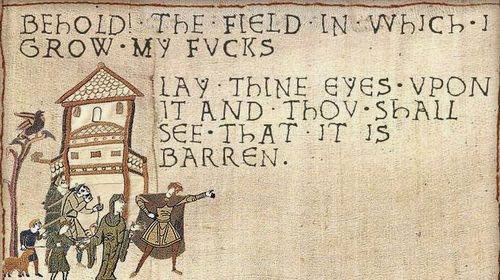
You can absolutely re-encode h265 video, but you can’t do it losslessly. In the end, it’s always a balance between quality and filesize.
I decided for myself, that 1080p30 crf28 h265 is good enough for home video, which lead to a 50% to 80% storage space reduction on videos from my phone.
If you don’t obsess over quality, I would highly recommend just messing around with ffmpeg a little bit and decide how much quality you’re willing to lose in order to save disk space. When you’re happy with your settings, you can either use ffmpeg itself or some fancy batch program like Tdarr to transcode all (or parts of) your video library.
My goto command is:
for file in *.mp4; do ffmpeg -i "$file" -movflags use_metadata_tags -map_metadata 0 -vcodec libx265 -crf 28 -vf scale=1920:-1 -r 30 "${file%.*}_transcoded.mp4"; done












I really like Pop!_OS, AFAIK it doesn’t have any telemetry. It’s basically a Ubuntu fork but without the stupid Ubuntu stuff, and they’re currently even working on their own Desktop Environment.